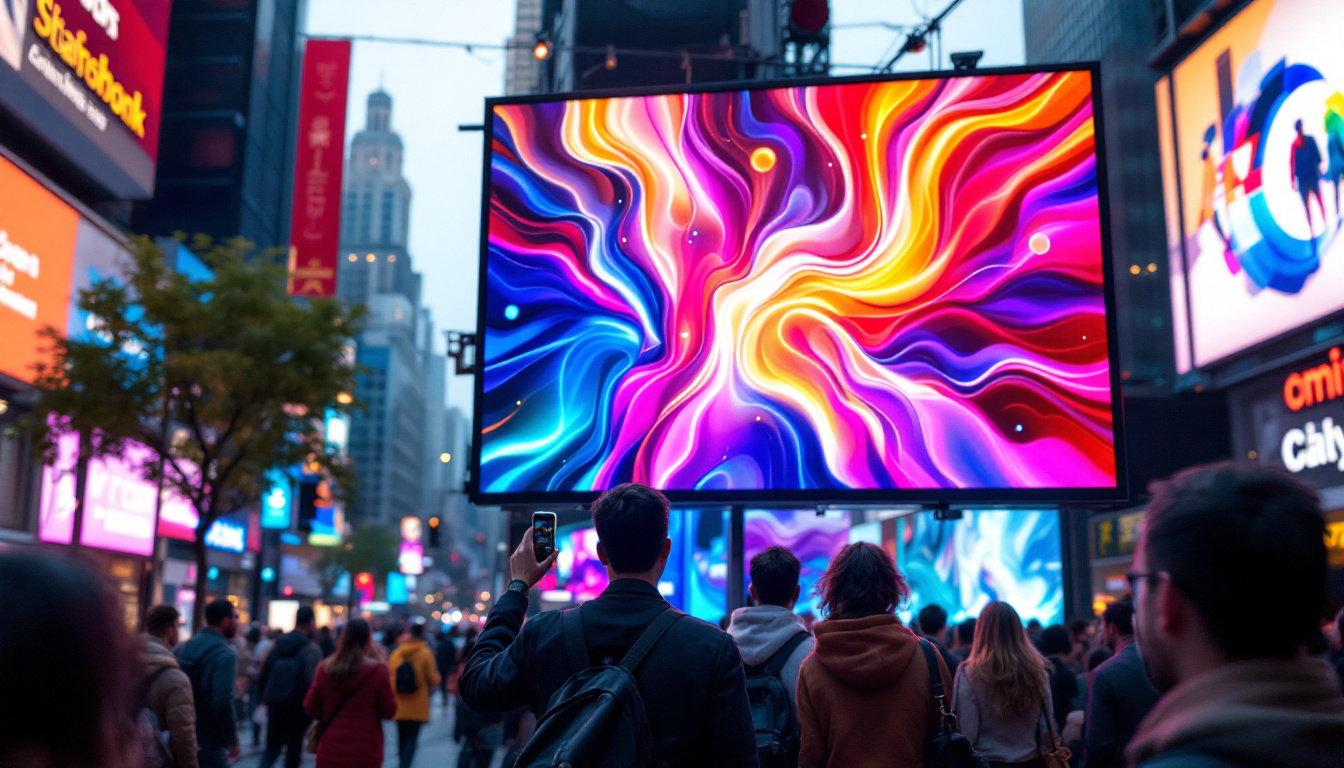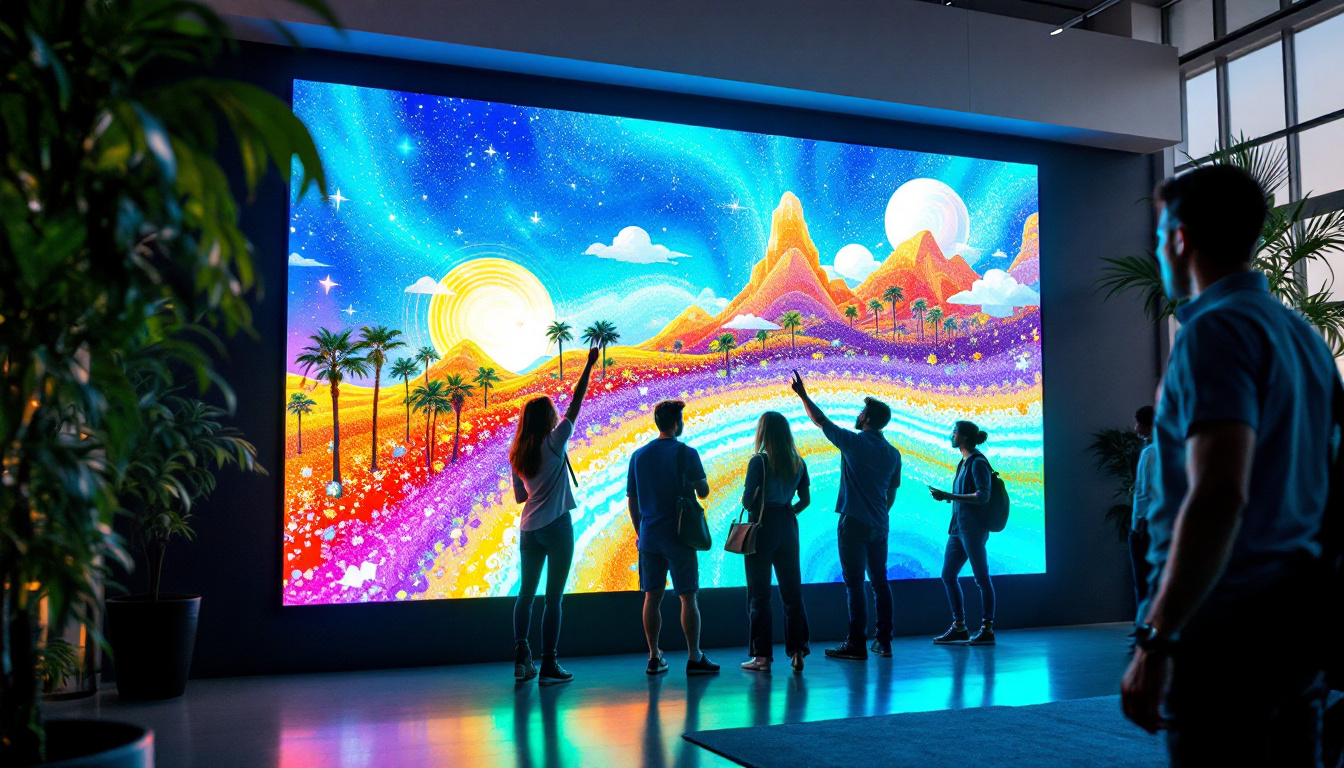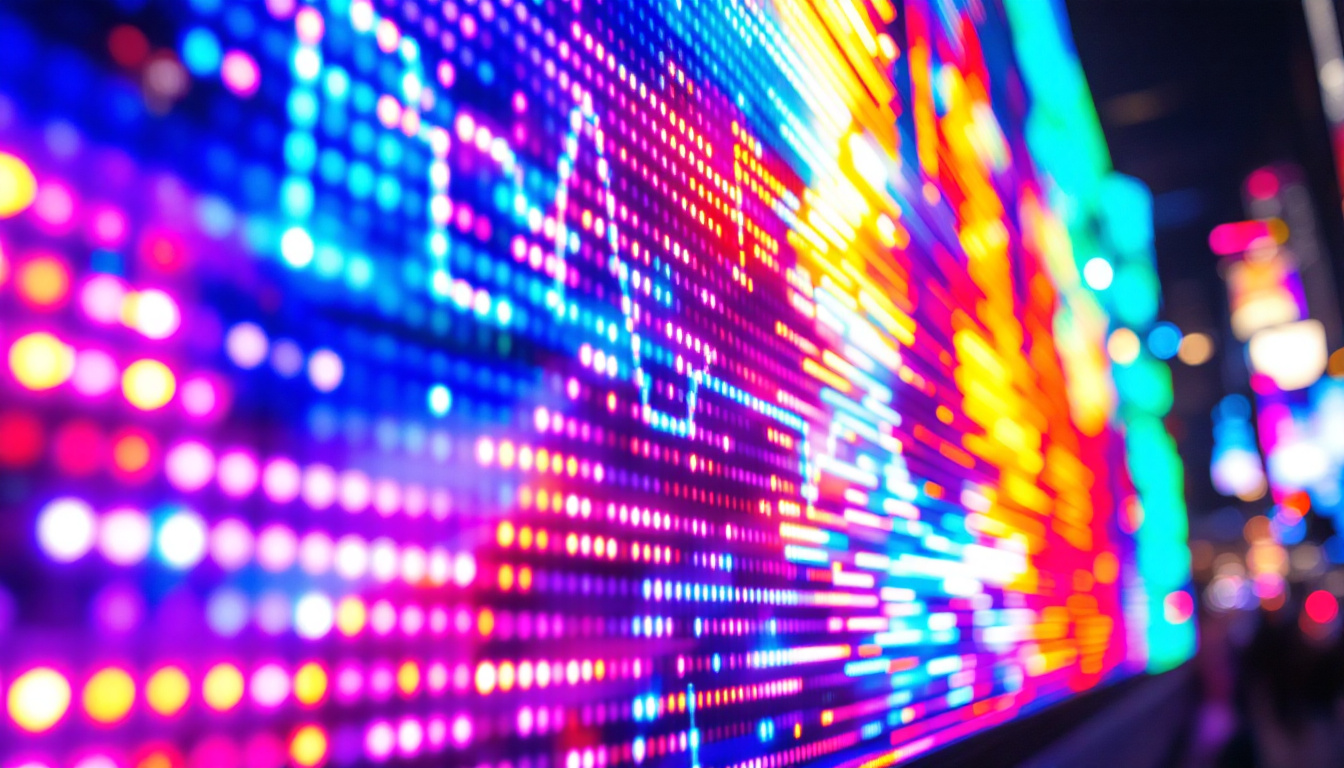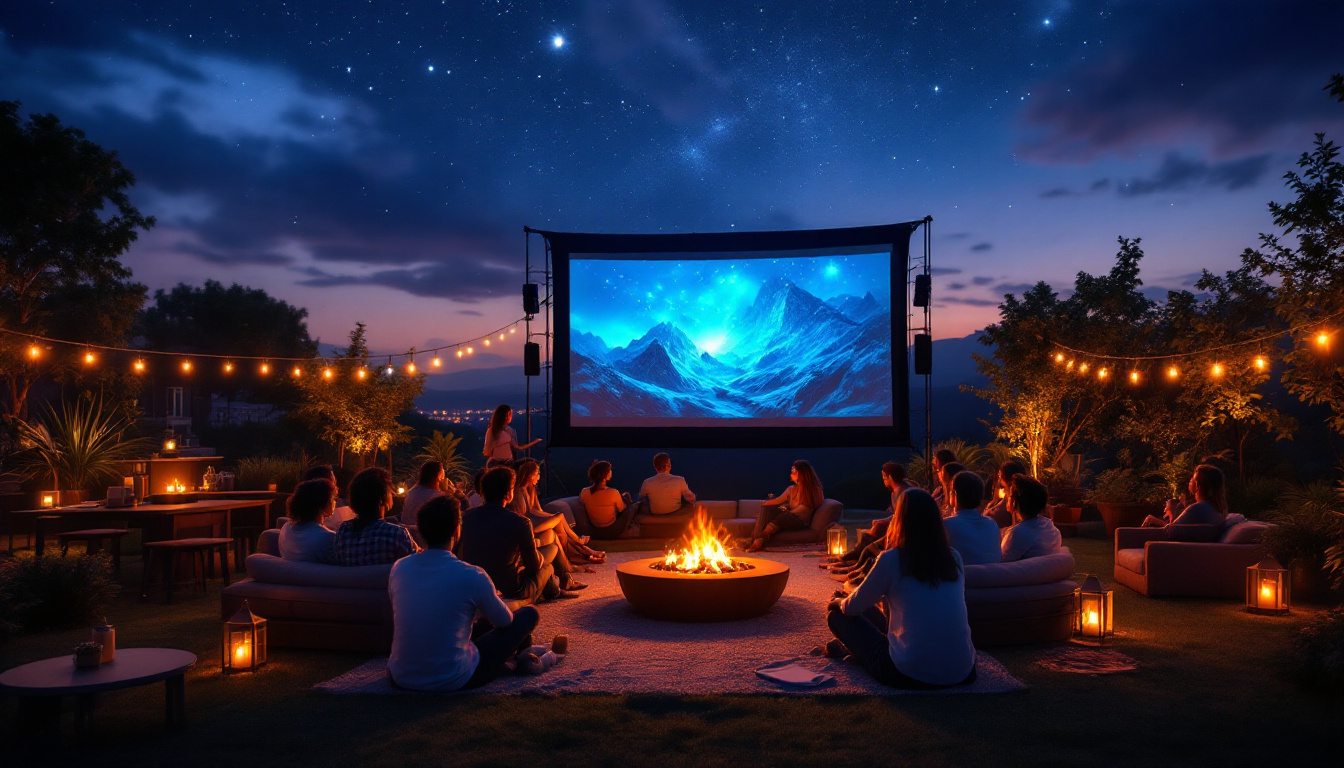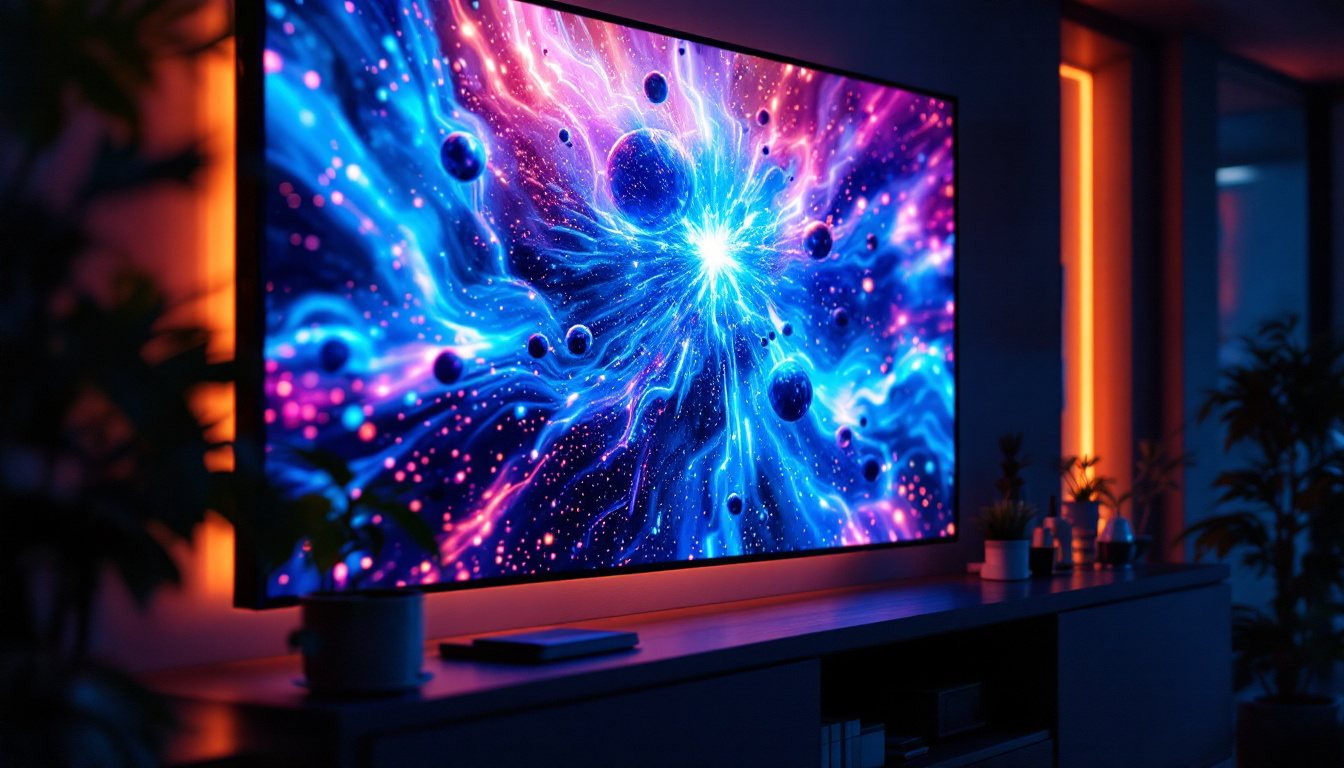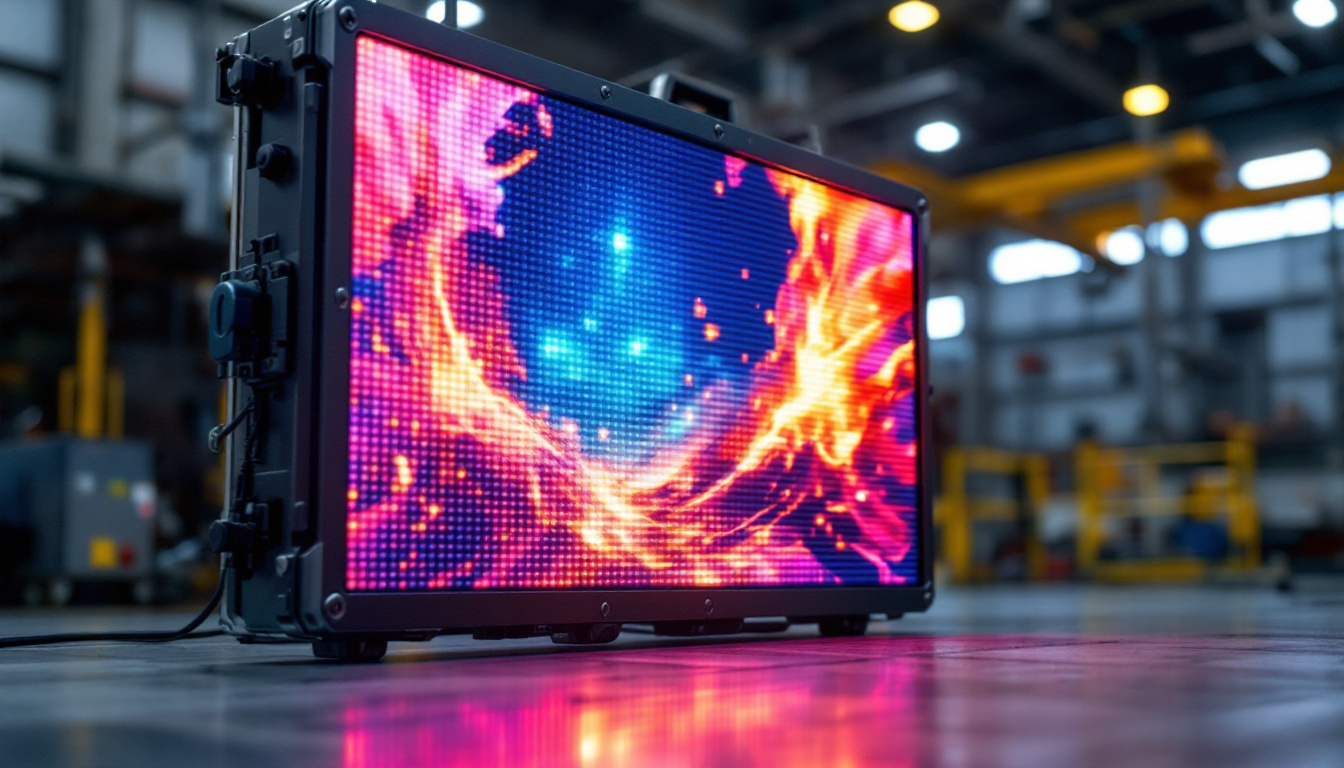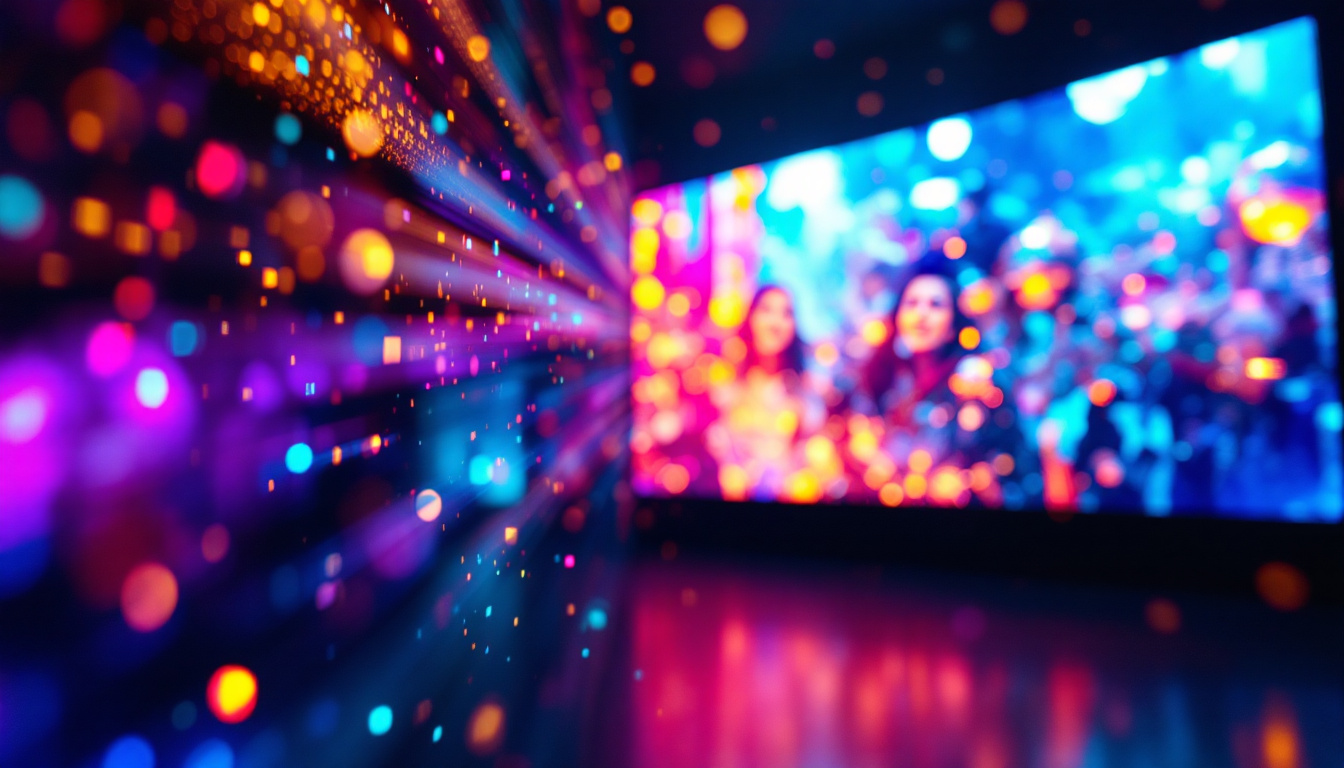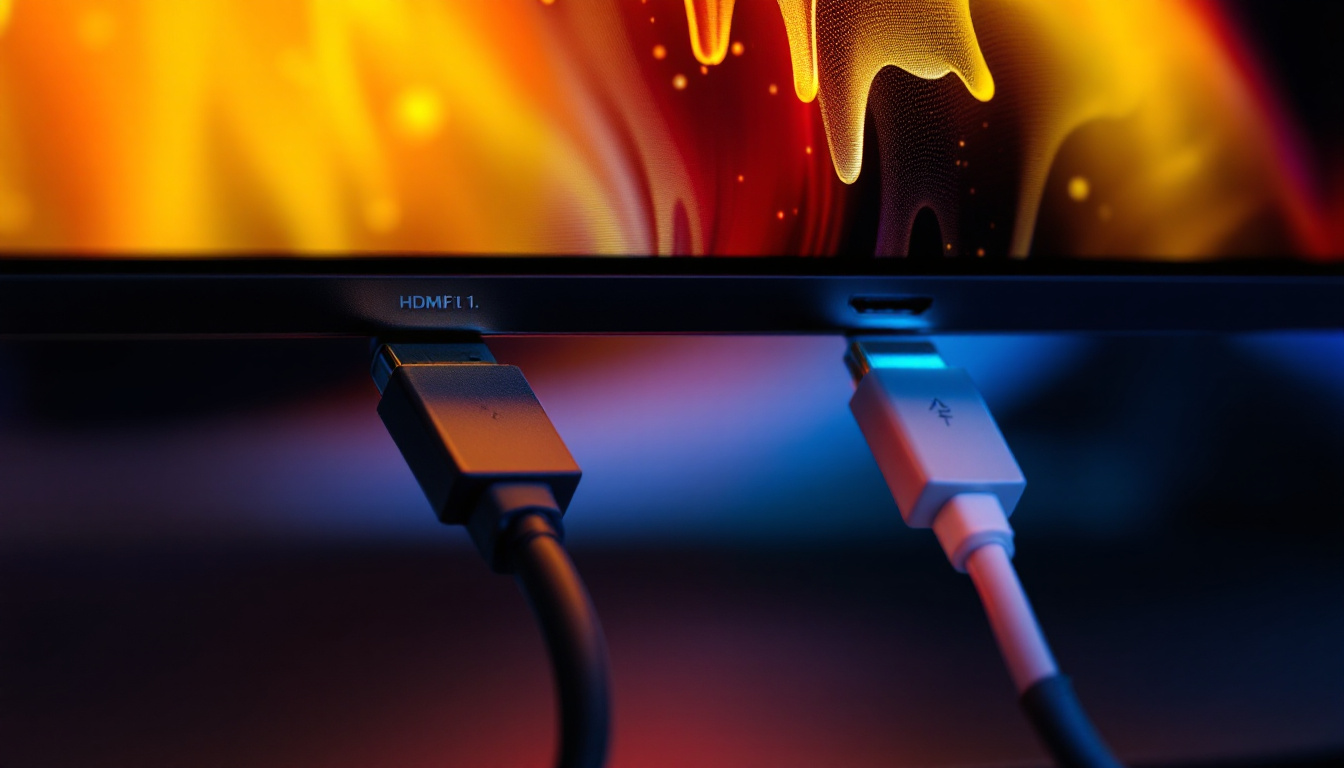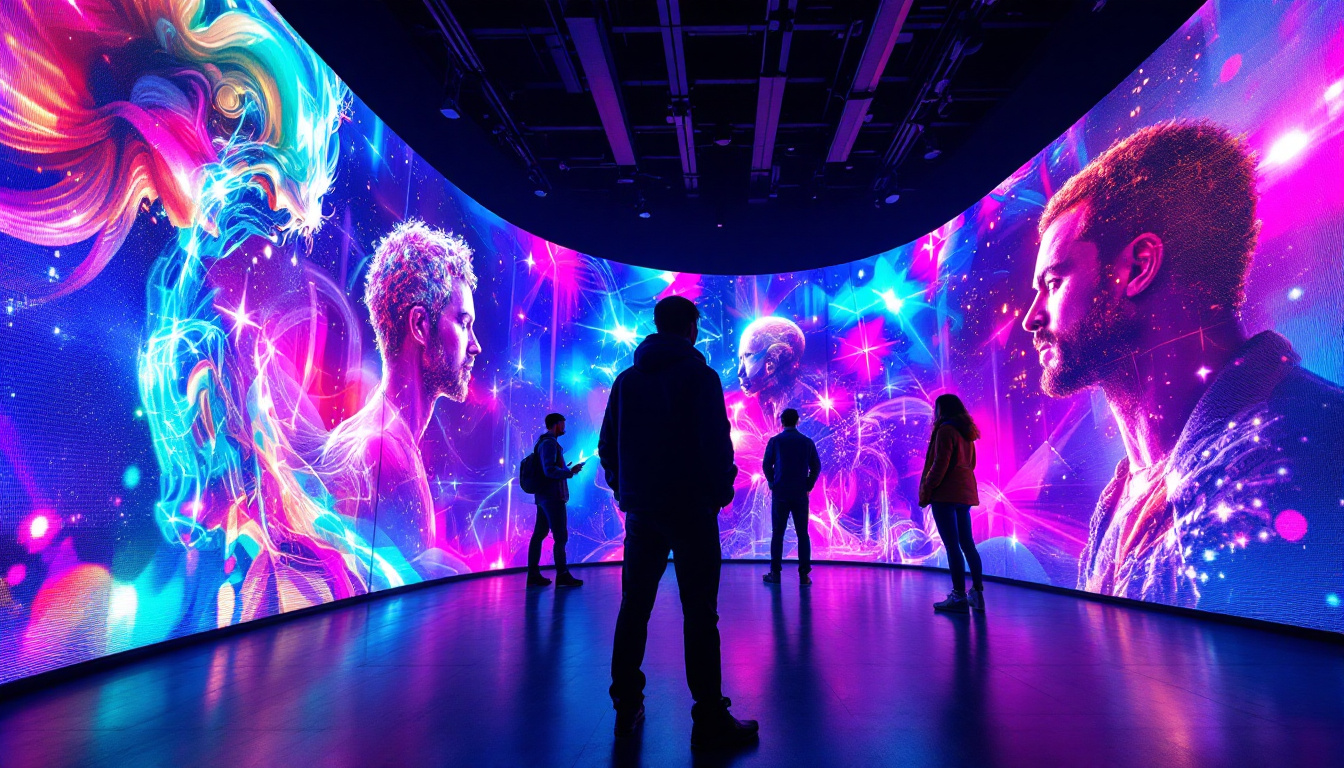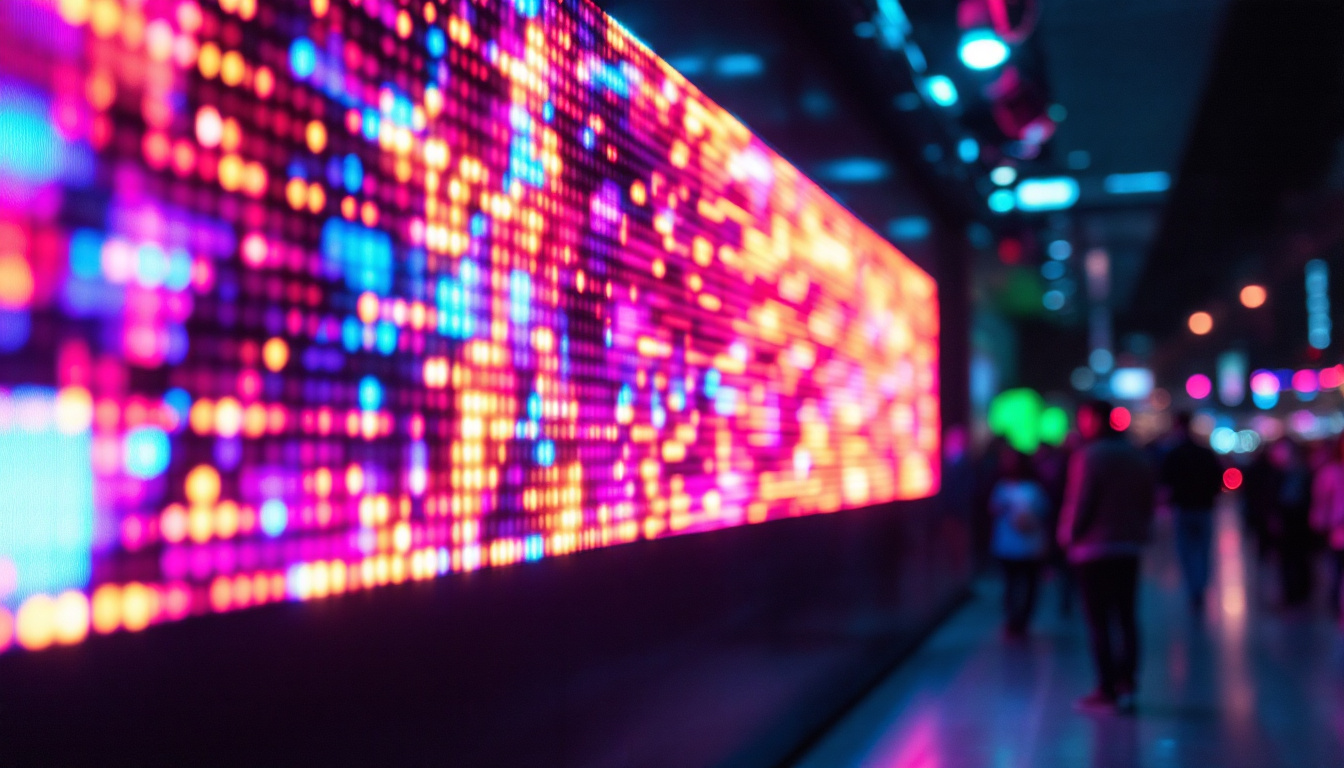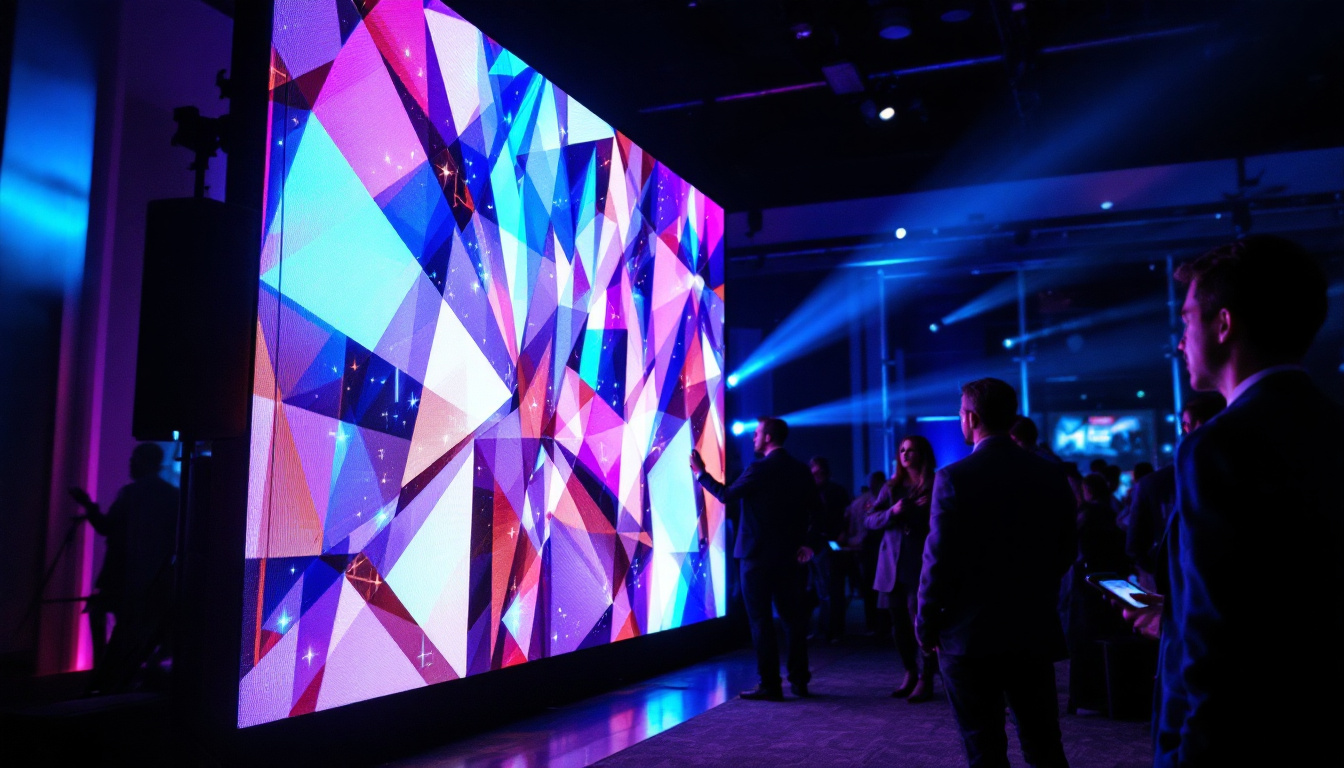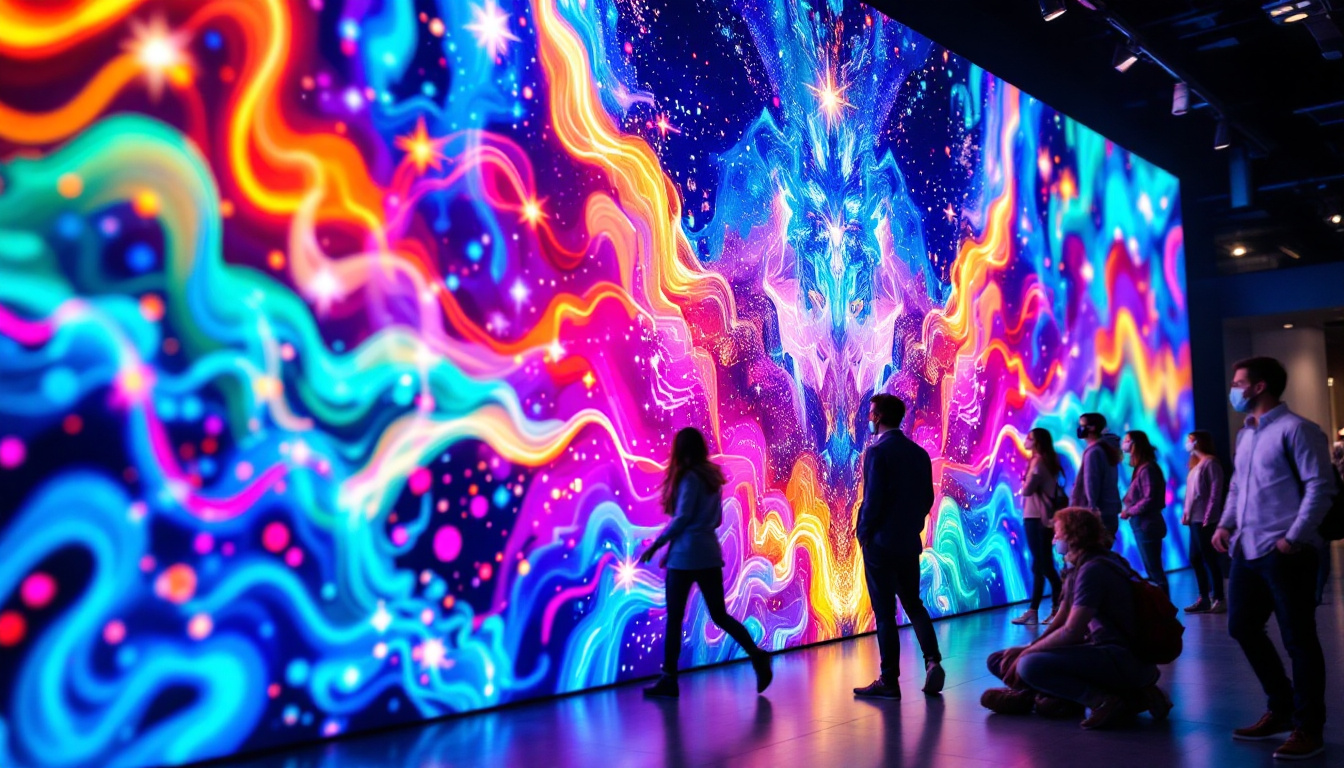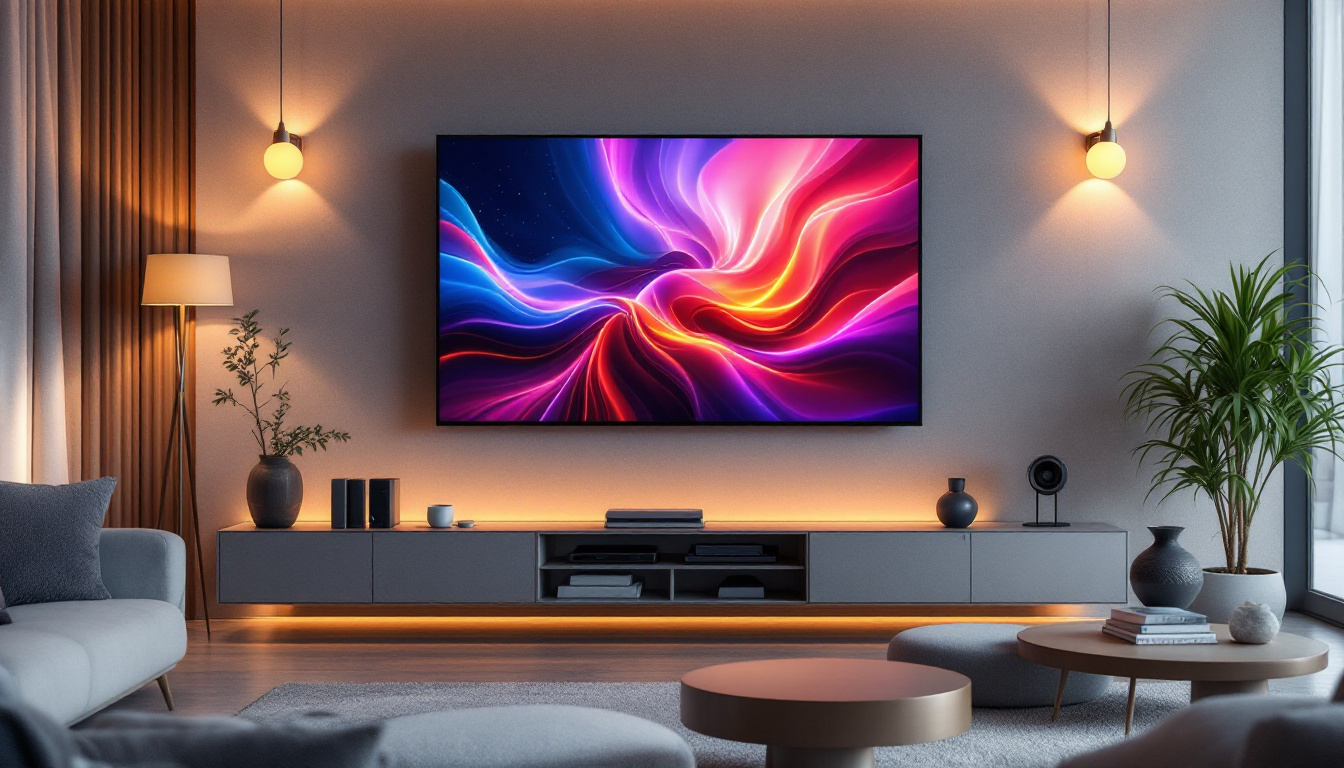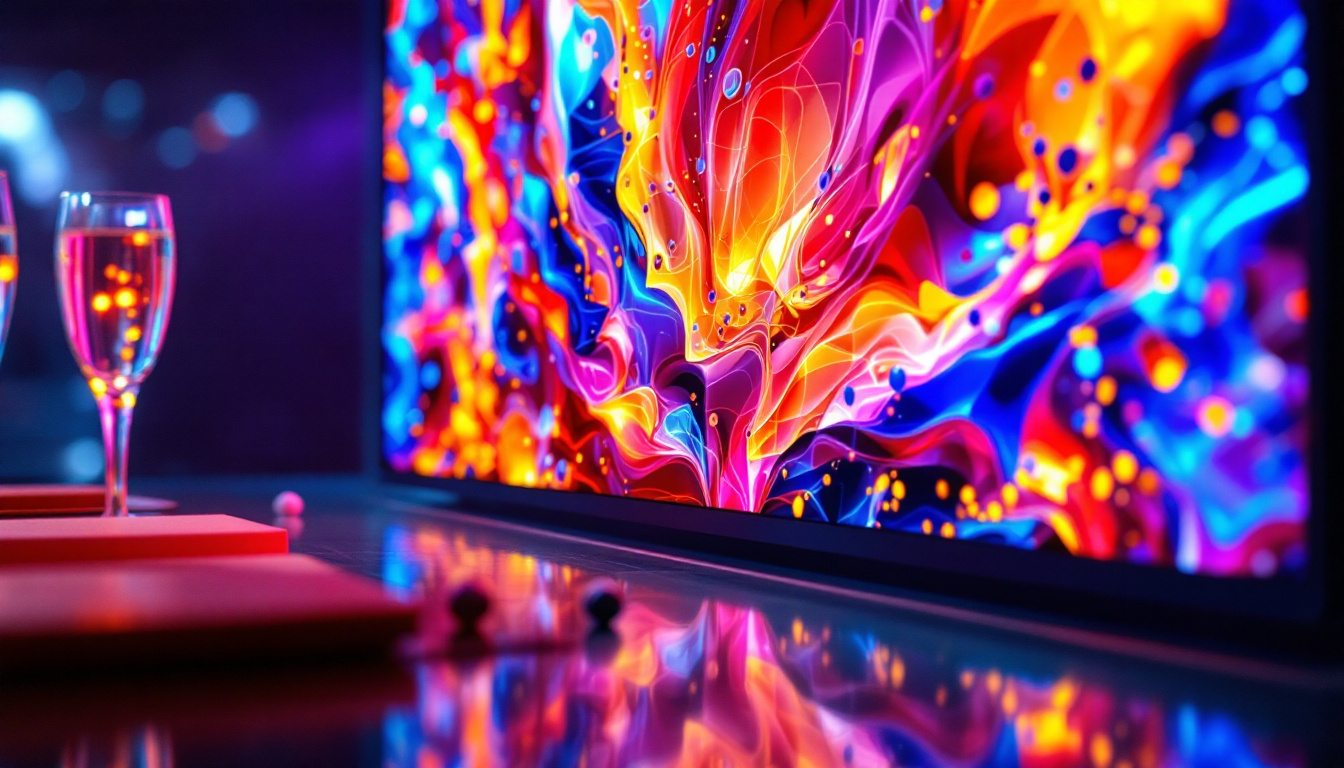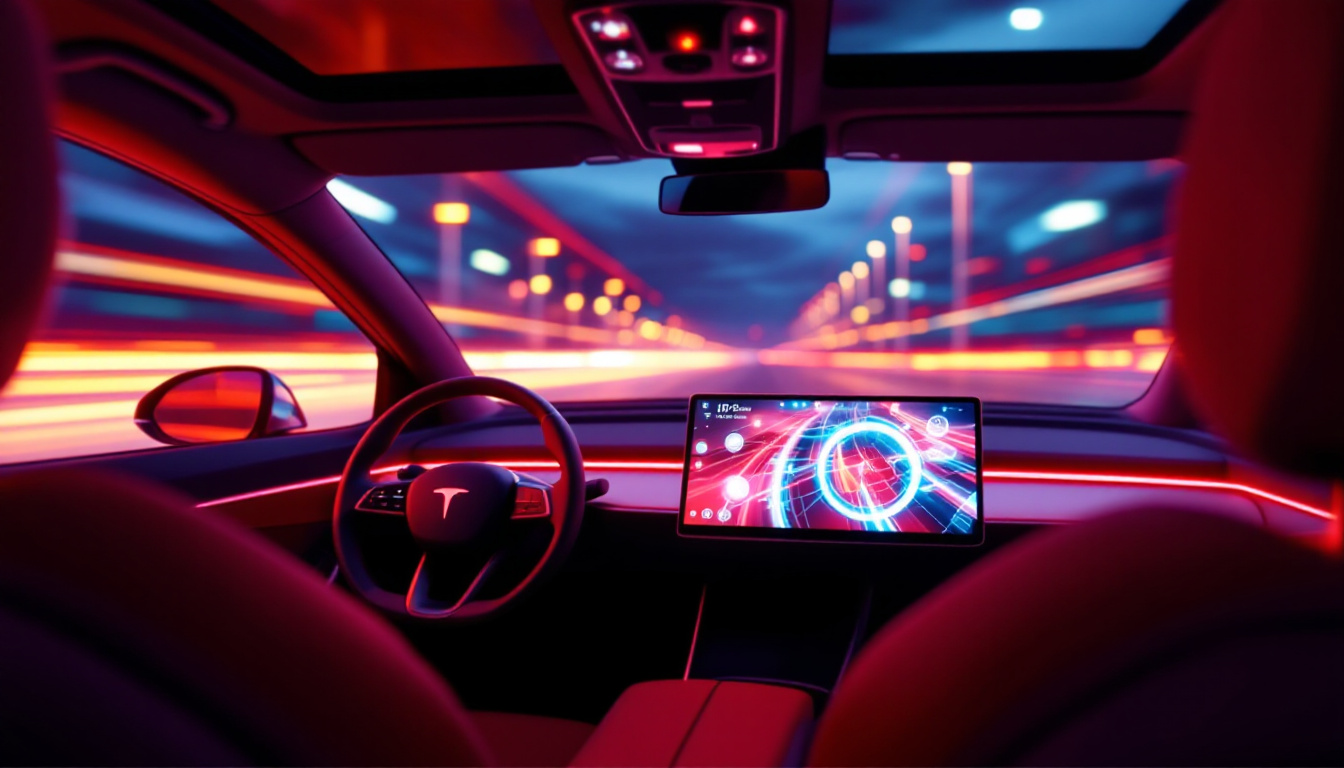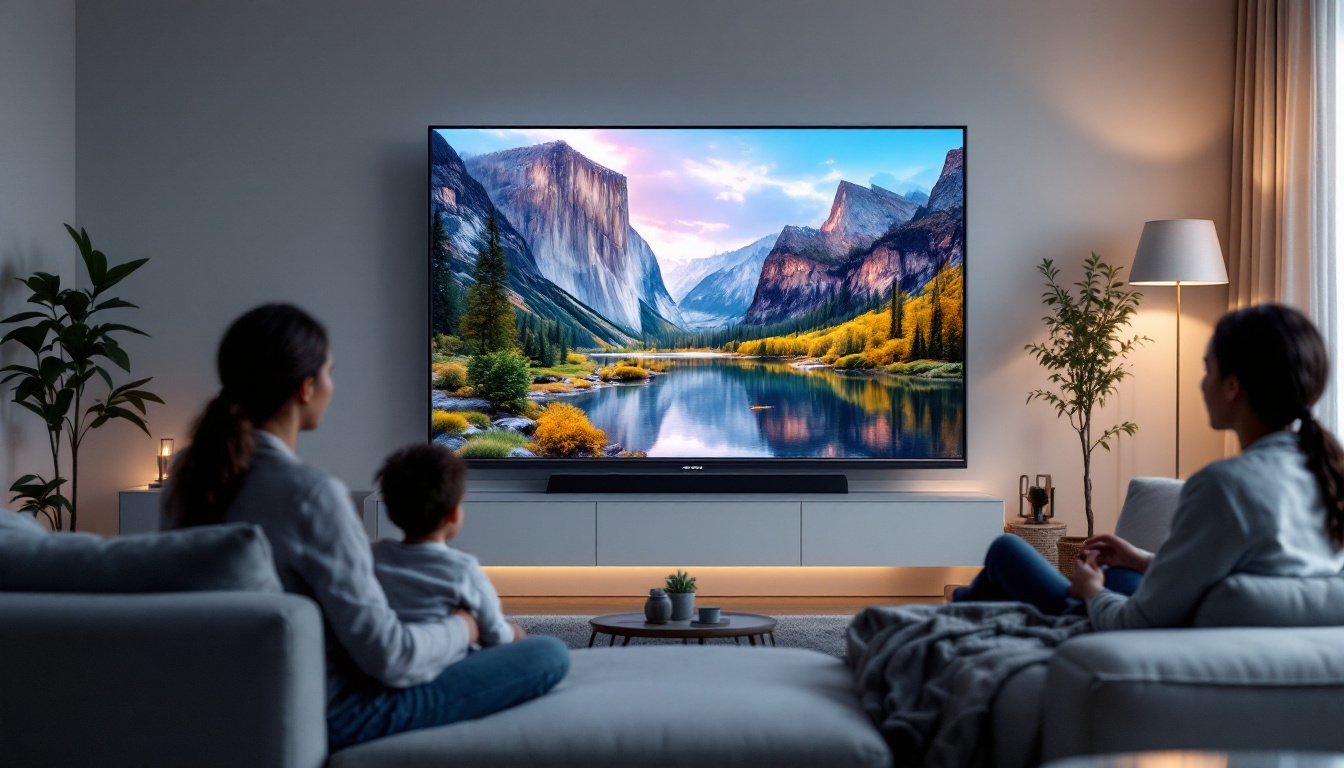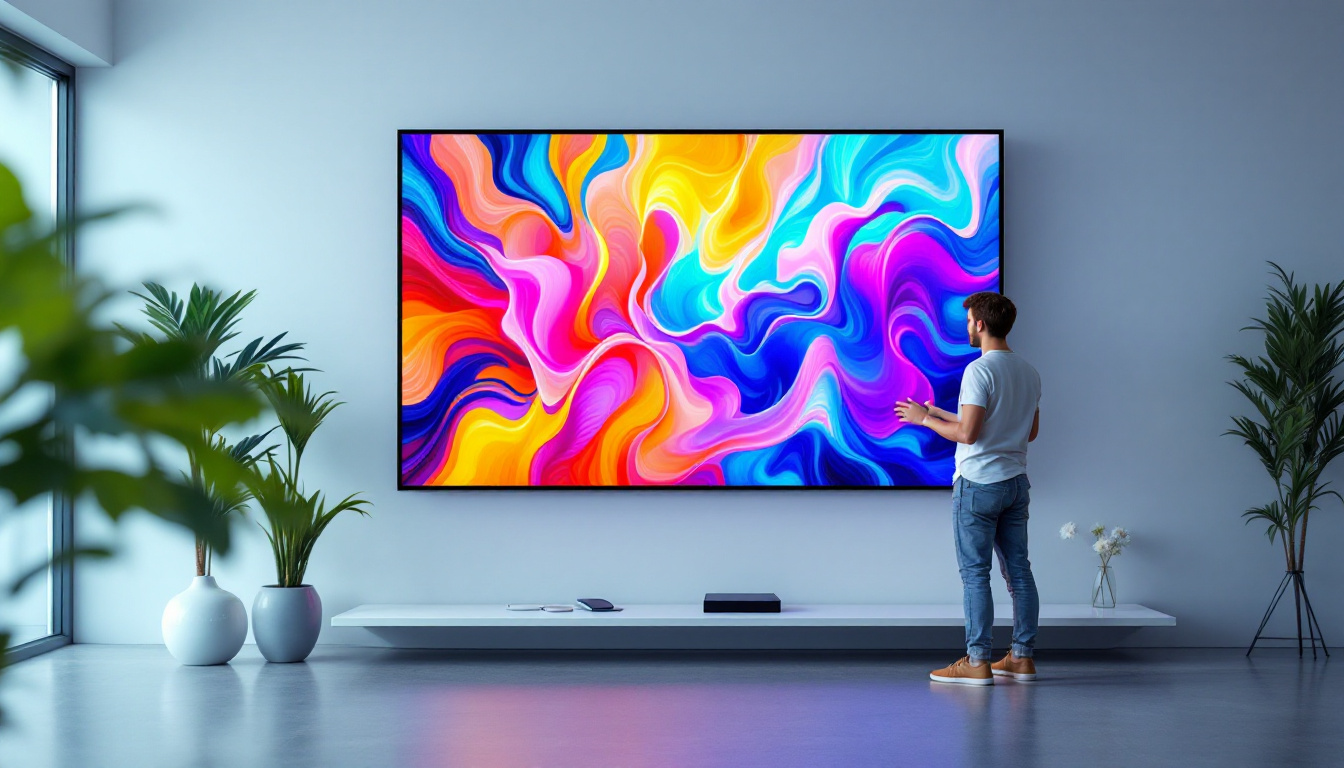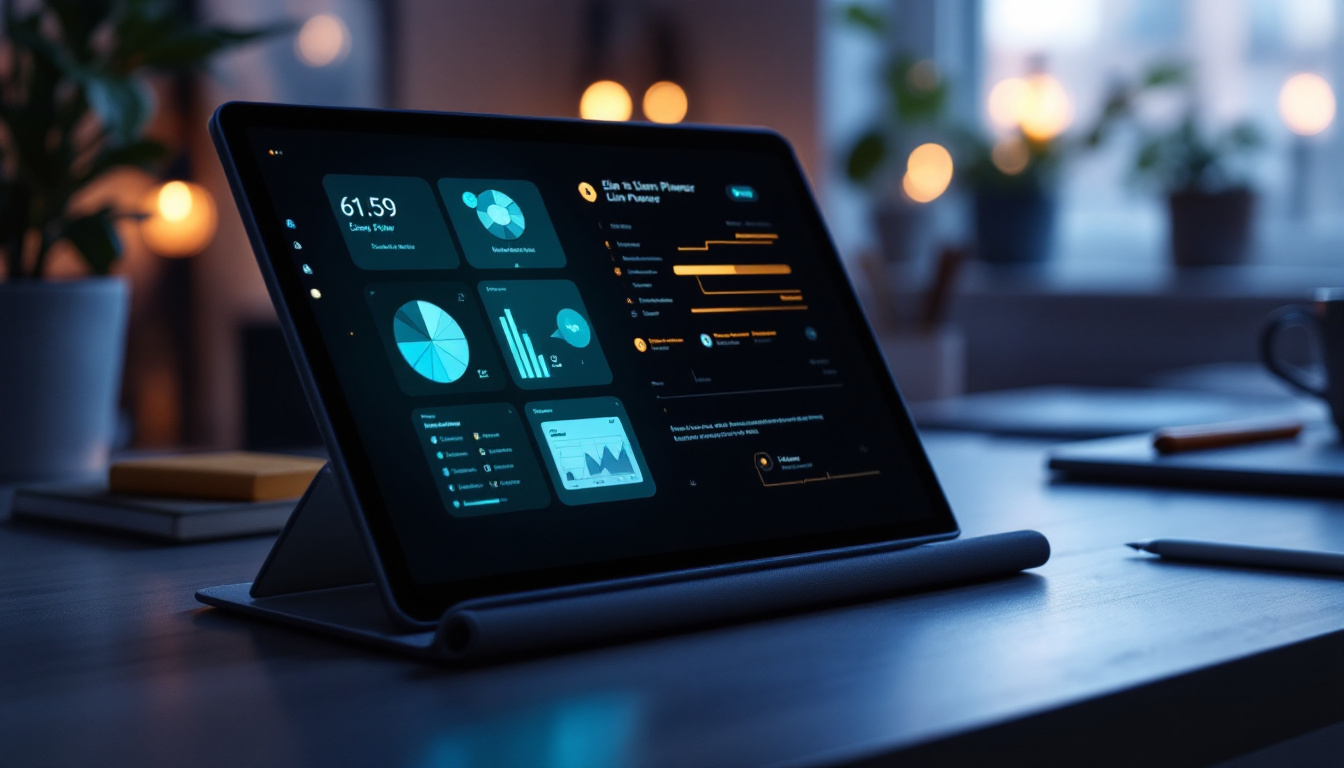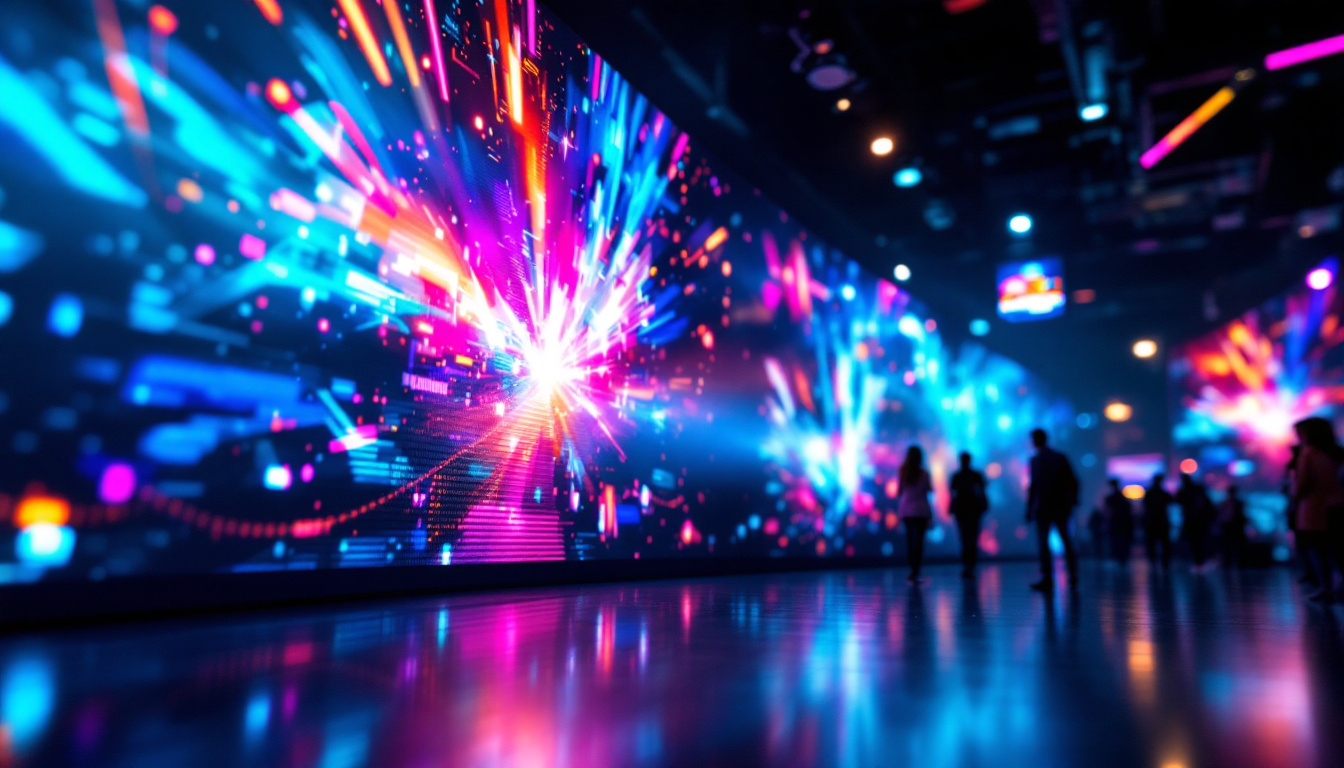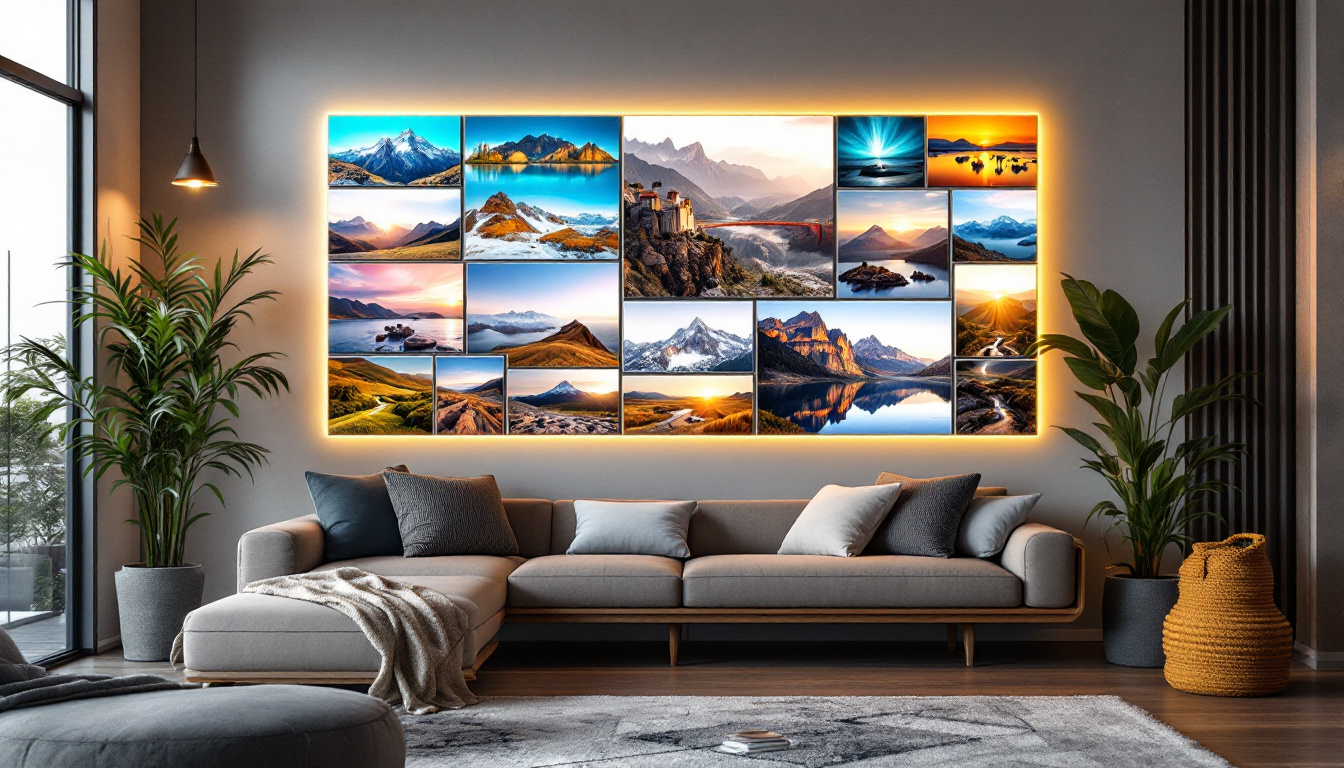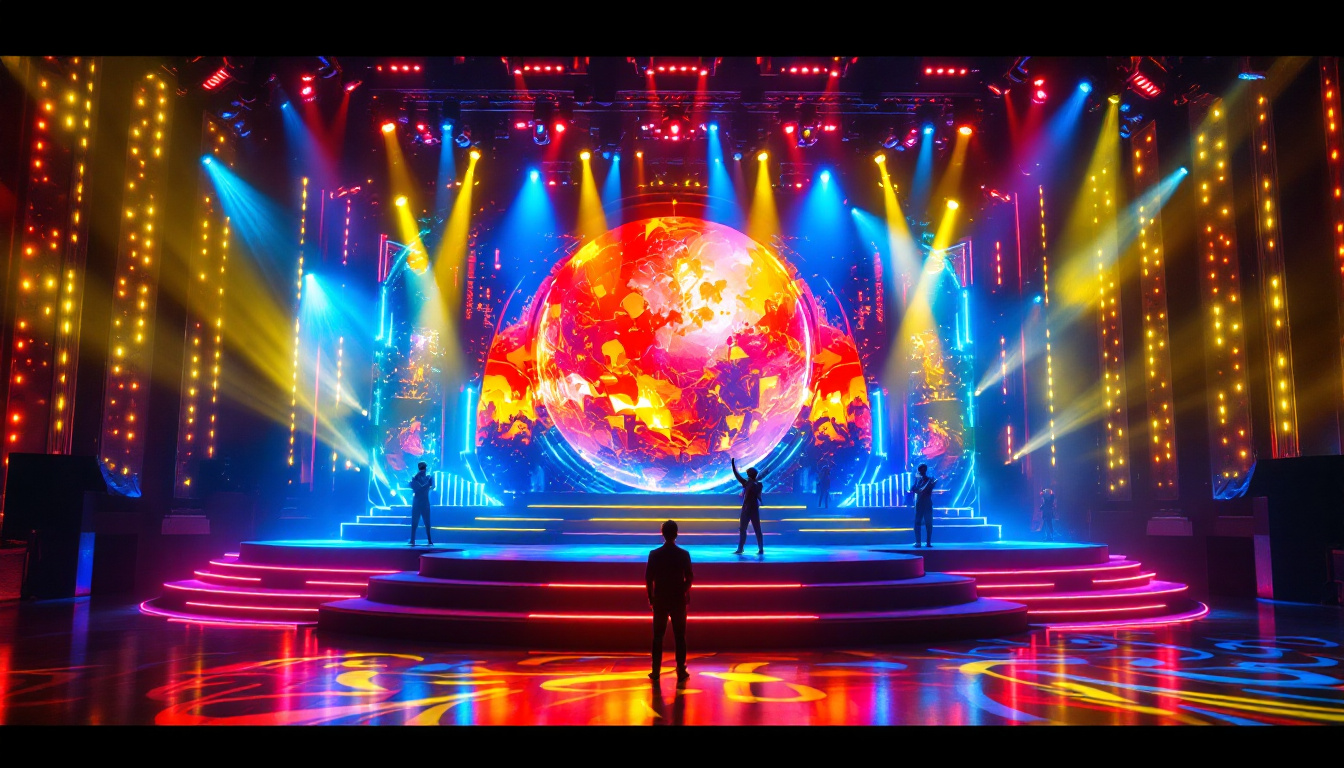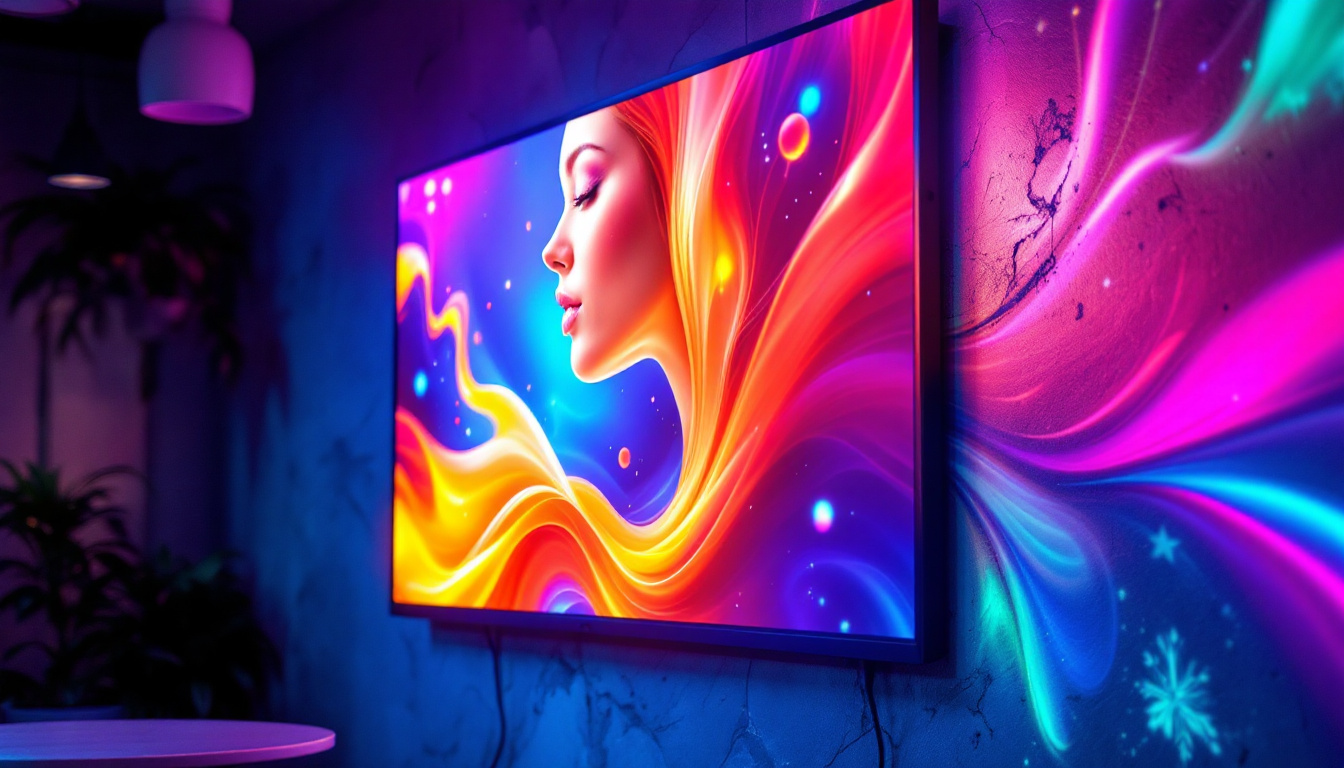In today’s fast-paced digital world, the importance of effective communication cannot be overstated. One of the most innovative tools for conveying messages, advertisements, and information is the LED display poster. This technology has transformed how businesses and organizations engage with their audiences, providing dynamic visuals that capture attention and enhance the user experience. This article delves into the intricacies of LED displays, exploring their features, benefits, applications, and future potential.
Understanding LED Displays
LED displays are electronic screens that utilize light-emitting diodes (LEDs) to produce images, videos, and text. These displays come in various sizes and resolutions, making them suitable for a wide range of applications, from large outdoor billboards to small indoor signage. The technology behind LED displays has evolved significantly over the years, leading to enhanced brightness, energy efficiency, and versatility.
The Technology Behind LED Displays
At the core of LED display technology are the light-emitting diodes, which are semiconductor devices that emit light when an electric current passes through them. Unlike traditional display technologies, such as LCD or CRT, LED displays do not require a backlight, as the individual diodes themselves produce light. This characteristic allows for thinner, lighter, and more energy-efficient screens.
There are two primary types of LED displays: direct-view and backlit. Direct-view LED displays consist of an array of LEDs that form the entire display surface, while backlit LED displays use LEDs to illuminate a liquid crystal display (LCD) panel. Each type has its advantages and is suited for different applications. For instance, direct-view displays are often used in large-scale outdoor advertising due to their high visibility and brightness, while backlit displays are commonly found in televisions and computer monitors, where color accuracy and resolution are critical.
Key Features of LED Displays
LED displays boast several features that make them a popular choice for businesses and organizations. These include:
- High Brightness: LED displays are exceptionally bright, making them visible even in direct sunlight. This feature is particularly beneficial for outdoor advertising.
- Energy Efficiency: Compared to traditional display technologies, LED displays consume significantly less power, reducing operational costs.
- Durability: LED displays are built to withstand harsh environmental conditions, making them ideal for outdoor use.
- Versatility: They can be used for a variety of applications, including advertising, information dissemination, and entertainment.
In addition to these key features, LED displays also offer superior color accuracy and contrast ratios, which enhance the viewing experience. The ability to produce a wide range of colors makes LED displays particularly appealing for applications that require vibrant visuals, such as concerts, sports events, and art installations. Furthermore, advancements in technology have led to the development of flexible LED displays, which can be bent or shaped to fit unique design requirements, opening up new possibilities for creative installations.
Another significant advantage of LED displays is their low maintenance requirements. Unlike traditional displays that may require frequent bulb replacements or extensive servicing, LED technology is designed for longevity. Many LED displays come with built-in monitoring systems that can detect issues in real-time, allowing for proactive maintenance and minimizing downtime. This reliability makes them an attractive option for businesses that rely on continuous operation, such as retail stores and transportation hubs.
Benefits of Using LED Displays
The advantages of LED displays extend beyond their technical specifications. Businesses and organizations that incorporate LED displays into their communication strategies can enjoy numerous benefits.
Enhanced Visibility and Engagement
One of the most significant advantages of LED displays is their ability to attract attention. The vibrant colors and dynamic content can engage viewers more effectively than static signage. This heightened visibility can lead to increased foot traffic for retail businesses and greater awareness for events and promotions.
Moreover, the ability to change content in real-time allows organizations to tailor their messages to specific audiences or events. This flexibility can enhance engagement and improve the overall effectiveness of marketing campaigns.
Cost-Effectiveness Over Time
While the initial investment in LED display technology may be higher than traditional signage, the long-term savings often outweigh the costs. LED displays have a longer lifespan, typically lasting up to 100,000 hours or more. Additionally, their energy efficiency translates to lower electricity bills, making them a cost-effective solution in the long run.
Environmental Impact
As sustainability becomes a growing concern for businesses, LED displays offer an environmentally friendly alternative to traditional signage. Their energy-efficient design reduces carbon footprints, and many LED displays are made from recyclable materials. By choosing LED technology, organizations can demonstrate their commitment to sustainability while also benefiting from reduced operational costs.
Applications of LED Displays
The versatility of LED displays allows them to be used across various industries and applications. From advertising to information dissemination, the potential uses are virtually limitless.
Advertising and Marketing
One of the most common applications of LED displays is in advertising. Retailers, restaurants, and entertainment venues utilize LED screens to showcase promotions, special events, and new products. The dynamic nature of LED displays allows for eye-catching advertisements that can be updated frequently to keep content fresh and relevant.
Moreover, LED displays can be strategically placed in high-traffic areas, maximizing visibility and engagement with potential customers. The ability to display video content further enhances the impact of advertisements, making them more memorable.
Transportation and Wayfinding
LED displays play a crucial role in transportation systems, providing real-time information to commuters. Airports, train stations, and bus terminals utilize LED screens to display arrival and departure times, gate information, and emergency alerts. This timely information helps travelers navigate complex transportation networks more efficiently.
In addition to transportation, LED displays are also used for wayfinding in large venues such as malls, hospitals, and conference centers. Interactive LED displays can guide visitors to their desired locations, enhancing the overall experience and improving customer satisfaction.
Entertainment and Events
The entertainment industry has embraced LED displays for concerts, festivals, and sporting events. Large-scale LED screens are often used to display live feeds, graphics, and advertisements, creating an immersive experience for attendees. The ability to synchronize visuals with music or performances adds an extra layer of excitement and engagement.
Furthermore, LED displays can be used for stage backdrops, enhancing the visual appeal of performances. Their flexibility allows for creative designs and configurations, making them a popular choice among event organizers.
Challenges and Considerations
While LED displays offer numerous benefits, there are also challenges and considerations that organizations must address when implementing this technology.
Initial Investment and Installation
The upfront costs associated with purchasing and installing LED displays can be significant. Organizations must carefully evaluate their budgets and consider the potential return on investment. Additionally, the installation process may require specialized expertise, which can further increase costs.
To mitigate these challenges, businesses should conduct thorough research and consider leasing options or financing plans that can spread the costs over time.
Content Management
Effective content management is crucial for maximizing the impact of LED displays. Organizations must develop a strategy for creating, scheduling, and updating content regularly. This may require dedicated personnel or software solutions to streamline the process.
Moreover, the content must be visually appealing and relevant to the target audience. Poorly designed or outdated content can detract from the effectiveness of the display and lead to viewer disengagement.
Regulatory Compliance
Depending on the location and application, organizations may need to adhere to specific regulations regarding LED displays. These can include restrictions on brightness levels, content guidelines, and permitting processes for outdoor displays. It is essential to research and comply with local regulations to avoid potential fines or penalties.
The Future of LED Displays
As technology continues to advance, the future of LED displays looks promising. Innovations in display technology, such as microLED and flexible displays, are set to revolutionize the industry.
MicroLED Technology
MicroLED technology represents a significant leap forward in display capabilities. This technology utilizes smaller LEDs, allowing for higher pixel density and improved image quality. MicroLED displays can achieve brighter colors, deeper blacks, and wider viewing angles, making them ideal for a range of applications.
Furthermore, microLED displays can be modular, enabling seamless integration into various environments. This adaptability opens up new possibilities for creative installations and applications.
Integration with Smart Technology
The integration of LED displays with smart technology is another trend that is gaining traction. Smart LED displays can connect to the internet, allowing for real-time data updates, remote management, and interactive features. This connectivity enhances the functionality of LED displays, enabling organizations to engage with their audiences in innovative ways.
For instance, businesses can use smart LED displays to run targeted advertising campaigns based on real-time data analytics, improving the relevance and effectiveness of their messaging.
Augmented Reality (AR) and Virtual Reality (VR) Integration
The potential for integrating LED displays with augmented reality (AR) and virtual reality (VR) technologies is an exciting frontier. This combination can create immersive experiences that captivate audiences and enhance storytelling in advertising and entertainment.
As AR and VR technologies continue to evolve, their integration with LED displays could redefine how organizations communicate with their audiences, offering new ways to engage and inform.
Conclusion
LED display posters have emerged as a powerful tool for communication in various industries. Their ability to deliver dynamic, eye-catching content makes them an invaluable asset for businesses and organizations seeking to engage their audiences effectively. While challenges exist, the benefits of LED displays, including enhanced visibility, cost-effectiveness, and versatility, make them a worthwhile investment.
As technology continues to advance, the future of LED displays holds exciting possibilities. Innovations in microLED technology, smart integration, and AR/VR capabilities promise to further enhance the impact of LED displays in our daily lives. Embracing this technology can lead to improved communication strategies, greater audience engagement, and ultimately, business success.
Discover Cutting-Edge LED Display Solutions
Ready to elevate your visual communication and captivate your audience with unparalleled clarity? Look no further than LumenMatrix, a pioneer in LED display technology. From vibrant Indoor LED Walls to dynamic Outdoor LED Displays, and from mobile Vehicle LED Displays to customizable solutions, LumenMatrix offers a comprehensive range of products designed to bring your brand to life. Embrace the future of digital signage with our LED Poster Displays, LED Sports Displays, Floor LED Displays, and more. Experience the revolution in visual storytelling with our All-in-One and Transparent LED Displays. Check out LumenMatrix LED Display Solutions today and transform the way you engage with your audience.

